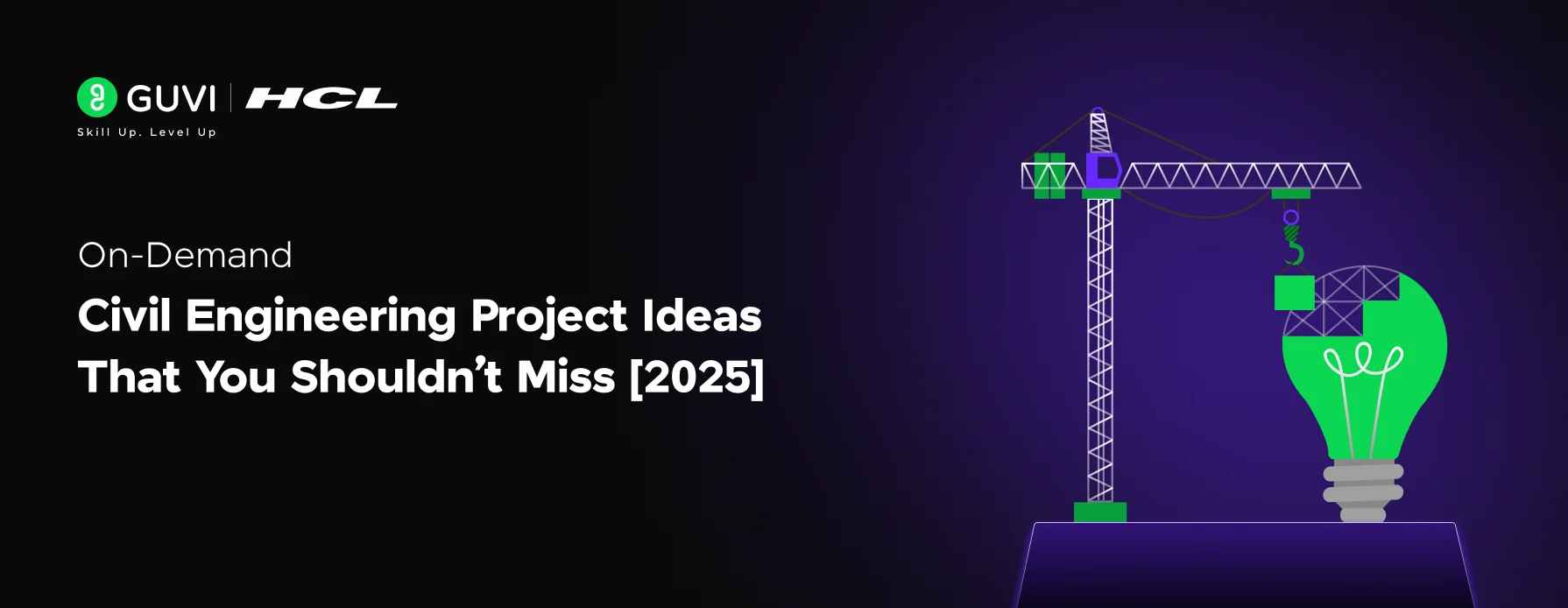
On Demand Civil Engineering Project Ideas That Shouldn’t Miss 2025
Jun 06, 2025 7 Min Read 91826 Views
(Last Updated)
Civil engineering is like the superhero of construction. It’s what makes our cities work smoothly, from tall buildings to the roads we drive on. It’s not just about building things but also about building them smartly and taking care of the environment.
In this blog, we’ll look at some cool civil engineering projects. Whether you’re starting as an engineer or already one, these ideas will get your creative gears turning. We’ll talk about projects that help save energy and protect the planet.
We’ll explore ways to make cities better for everyone and find out about super-fast trains and even cooler transportation stuff. Plus, we’ll check out how engineers make buildings strong during earthquakes and handle floods better.
We’ll also peek into the future with fancy technology like 3D printing and tiny science (nanotechnology) used in big construction. This blog will be like a tour of amazing civil engineering projects.
You’ll see cool examples, learn about new ideas, and discover how engineers are making the world better. So, let’s start this journey into Civil Engineering Projects! It’s all about making things work better and being kind to our world.
Table of contents
- Sustainable Civil Engineering Infrastructure Projects
- A. Green Building Design
- B. Renewable Energy Integration
- C. Water Resource Management
- Civil Engineering Transportation and Mobility Solutions
- A. Smart Cities Infrastructure
- B. High-Speed Rail and Hyperloop
- C. Sustainable Urban Transportation
- Civil Engineering in Disaster Resilience and Mitigation
- A. Earthquake-Resistant Buildings
- B. Flood Control and Management
- C. Climate Change Adaptation
- Cutting-edge technologies and Materials in Civil Engineering
- A. 3D Printing in Construction
- B. Nanotechnology in Infrastructure
- Environmental Conservation and Restoration in Civil Engineering
- A. Ecosystem Restoration Projects
- B. Sustainable Land Development
- Conclusion
- FAQs
- What are some innovative civil engineering project ideas for students?
- How do I choose a suitable civil engineering project idea?
- Are there any resources or organizations that can help with civil engineering project ideas?
Sustainable Civil Engineering Infrastructure Projects
Let’s start by talking about Sustainable Civil Engineering Infrastructure Projects. These projects are all about making our world better by building things that don’t harm the environment and help us in the long run. We’ll look at why these projects are so important, the clever ways people are working on them, and some real examples to get inspired.
Before we move into the next section, we’d like to ensure you are well-versed in the essentials of civil engineering. To smooth your learning process, consider enrolling in GUVI’s Civil Engineering Course with Placement Assistance. You’ll gain hands-on knowledge of fundamental tools such as AutoCAD, Revit, 3dsMax, etc, needed for modern civil design.
Additionally, if you want to get started in the field through self-paced learning, try GUVI’s self-paced AutoCAD certification course.
A. Green Building Design

Green buildings, also known as sustainable or eco-friendly buildings, are designed and constructed with the primary goal of minimizing their environmental impact throughout their entire lifecycle.
This concept in civil engineering incorporates various principles such as energy efficiency, resource conservation, reduced waste, and improved indoor air quality. Green buildings aim to mitigate their carbon footprint and promote a healthier, more sustainable way of living.
Examples of innovative green building projects:
One Angel Square: Located in Manchester, UK, this building is one of the most sustainable in the world, featuring advanced energy-efficient technologies and a biomass power plant.
The Edge: Situated in Amsterdam, this smart office building uses IoT technology to optimize energy consumption, lighting, and workspace utilization.
Bullitt Center: Located in Seattle, Washington, it’s a net-zero energy building that generates more energy than it consumes and utilizes composting toilets to reduce water consumption.
Sustainable materials and construction techniques in Civil Engineering:
- Cross-Laminated Timber (CLT) is a sustainable alternative to traditional building materials like concrete and steel, offering strength and stability while sequestering carbon.
- Incorporating passive solar design principles and natural ventilation to reduce energy consumption for heating and cooling.
- Green roofs incorporate vegetation, which improves insulation, reduces stormwater runoff, and provides habitat for wildlife.
B. Renewable Energy Integration

Wind and solar energy projects in civil engineering:
Ivanpah Solar Power Facility: Located in California, it’s one of the world’s largest solar thermal power plants, using mirrors to concentrate sunlight.
Block Island Wind Farm: The first offshore wind farm in the United States, supplying clean energy to Block Island, Rhode Island.
Energy-efficient infrastructure design:
Masdar City: A sustainable city in Abu Dhabi designed to be carbon-neutral, featuring energy-efficient buildings, renewable energy, and advanced transportation systems.
California High-Speed Rail: Incorporates energy-efficient rail technologies and aims to reduce greenhouse gas emissions by providing an alternative to car travel.
Benefits of renewable energy integration in civil engineering:
- Renewable energy sources produce little to no greenhouse gas emissions, contributing to climate change mitigation.
- Relying on renewable sources reduces dependence on fossil fuels and foreign energy sources.
- Renewable energy projects often create jobs in manufacturing, installation, and maintenance.
- Over time, renewable energy can be cost-effective, reducing energy bills and providing a stable energy supply.
C. Water Resource Management
Sustainable water treatment and distribution systems:
Singapore’s NEWater: A pioneering initiative that purifies wastewater to high-quality drinking water standards.
Melbourne’s Water Sensitive Urban Design: Incorporates green infrastructure and sustainable stormwater management to enhance water quality and reduce flood risk.
Rainwater harvesting and wastewater recycling:
Oregon Convention Center: Utilizes rainwater harvesting and wastewater recycling to reduce water consumption.
Singapore’s Marina Barrage: A reservoir and flood control system that collects rainwater for drinking and recreation.
Case studies of successful water management projects:
Tianjin Eco-City: A Sino-Singapore joint project known for its innovative water management, including water recycling and sustainable drainage systems.
Orange County Groundwater Replenishment System: An advanced water purification system that replenishes local groundwater supplies with purified wastewater.
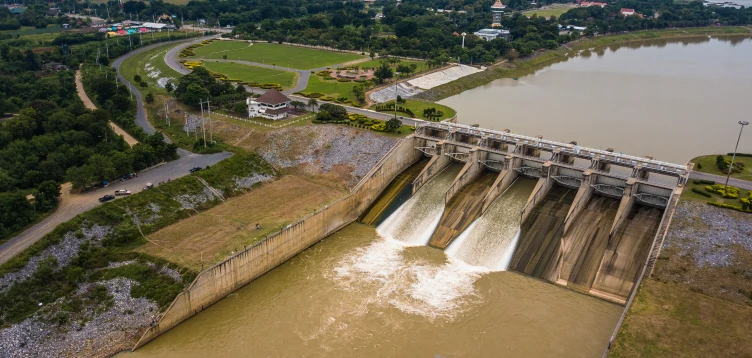
Civil Engineering Transportation and Mobility Solutions
In our changing world, how we get from place to place and take care of the environment is super important. We’re going to talk about cool ideas in civil engineering for making travel easier, like new technologies and ways to protect nature. These ideas are all about making our future better and more connected.
A. Smart Cities Infrastructure
Civil engineers play a crucial role in designing and implementing the infrastructure that underpins smart cities. They are responsible for creating efficient transportation networks, smart grids, waste management systems, and sustainable buildings. They also integrate technology for data collection and management to improve urban services and enhance the overall quality of life.
Urban planning involves designing cities with a focus on sustainability, livability, and efficient transportation. Smart transportation systems use technology, data, and automation to optimize traffic flow, reduce congestion, and improve public transit. They also promote the use of electric and autonomous vehicles to enhance mobility.
Examples of smart city projects worldwide:
Songdo, South Korea: A planned smart city that incorporates advanced infrastructure, green spaces, and cutting-edge technology.
Barcelona, Spain: Barcelona’s smart city initiatives include smart street lighting, waste management, and an extensive network of sensors for data collection.
Copenhagen, Denmark: Copenhagen is known for its sustainable transportation systems, including a robust cycling infrastructure and efficient public transit.

B. High-Speed Rail and Hyperloop

High-speed rail technology continues to advance, with developments in aerodynamics, materials, and propulsion systems. Maglev (magnetic levitation) trains, for example, offer faster speeds and smoother rides compared to traditional rail systems.
Hyperloop is a proposed transportation system in civil engineering that uses low-pressure tubes to propel pods at high speeds. Potential benefits include reduced travel times, energy efficiency, and the ability to connect distant cities rapidly. It could also decrease congestion on existing transportation routes.
Challenges and opportunities in implementing these systems:
- Developing high-speed rail and hyperloop systems requires substantial investment.
- Building the necessary infrastructure, including tunnels and elevated tracks, can be challenging.
- Ensuring safety and navigating regulatory approvals are critical challenges.
- Balancing the environmental benefits of faster, more efficient transportation with potential ecological concerns is essential.
C. Sustainable Urban Transportation

Development of bike lanes and pedestrian-friendly infrastructure:
Copenhagen Bicycle Infrastructure: Copenhagen’s extensive bike lane network is a model for creating bike-friendly cities.
Bogotá’s Ciclovía: Bogotá’s weekly car-free days promote cycling and pedestrian-friendly streets.
Public transportation innovations:
Curitiba’s Bus Rapid Transit (BRT): Curitiba’s BRT system is an example of efficient public transportation that reduces traffic congestion.
Singapore’s Mass Rapid Transit (MRT): Singapore’s MRT system continually expands to provide comprehensive urban transportation.
Reducing urban congestion through engineering solutions:
London’s Congestion Charging: London implemented a congestion charge to reduce traffic in the city center.
Los Angeles ExpressLanes: The ExpressLanes project in Los Angeles uses dynamic pricing to manage traffic flow on congested highways.
Civil Engineering in Disaster Resilience and Mitigation
In our world, where bad things like disasters can happen suddenly, it’s crucial to be ready and protect ourselves. Let’s learn how we can make our communities safer and better prepared by talking about Disaster Resilience and Mitigation.
A. Earthquake-Resistant Buildings
Seismic-resistant construction is crucial to protect people, property, and infrastructure in earthquake-prone regions. Earthquakes can cause significant damage and loss of life, but properly designed and constructed buildings can withstand seismic forces, reducing the risk of collapse and casualties.
Technologies and methods for earthquake resilience:
- Base Isolation technology decouples a building from the ground motion of an earthquake, allowing it to move independently and absorb seismic energy.
- Reinforced Concrete and Steel frame methods enhance a building’s ability to withstand lateral forces.
- Devices, like tuned mass dampers or viscous dampers, reduce the sway of buildings during an earthquake.
Notable earthquake-resistant projects:
Taipei 101, Taiwan: This iconic skyscraper in Taiwan features a tuned mass damper that helps stabilize the building during earthquakes.
Transamerica Pyramid, San Francisco: Renowned for its innovative seismic design, which includes a flexible structural frame and a tuned mass damper.

B. Flood Control and Management
Floodplain management involves regulating land use in areas prone to flooding to minimize damage. Flood-resistant infrastructure includes:
- Levees and Dams can control river flow and prevent floodwaters from inundating areas.
- Temporary or permanent barriers that can be deployed to protect against floodwaters.
- Constructing buildings on pilings or elevated platforms to avoid flood damage.
Innovative flood control solutions:
- Using natural features like wetlands and vegetation to absorb and slow floodwaters.
- Advanced technology and data analysis to predict and alert communities about impending floods.
- Restoring floodplains to their natural state allows them to absorb and mitigate floodwaters.
Real-world examples of flood mitigation projects:
Netherlands Delta Works: A vast system of dams, sluices, locks, dikes, and storm surge barriers that protect the Netherlands from North Sea flooding.
Thames Barrier, London: A movable flood barrier on the River Thames that prevents tidal surges from inundating London.
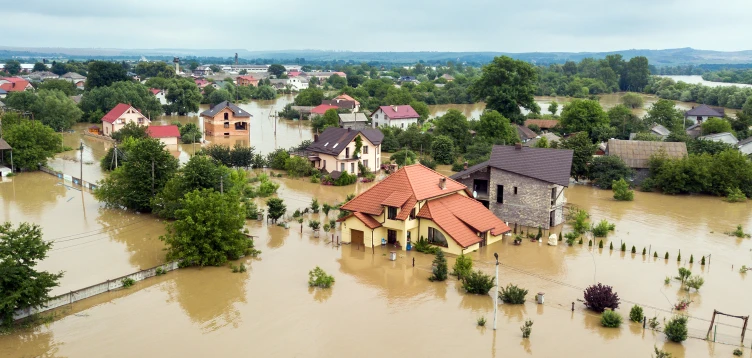
C. Climate Change Adaptation
Civil engineers are working on a range of projects to address climate change challenges, including:
- Designing infrastructure that can withstand extreme weather events.
- Developing sustainable energy solutions.
- Building resilient coastal defenses against rising sea levels and storm surges.
Resilient coastal infrastructure projects:
The Big U, New York City: A project designed to protect Lower Manhattan from coastal flooding through a series of protective measures.
Venice MOSE Project: An integrated system of movable barriers designed to protect Venice from rising sea levels and high tides.
Infrastructure designs to combat rising sea levels:
San Francisco Bay Area’s Sea Level Rise Adaptation Plan: An initiative to address sea-level rise through a combination of infrastructure improvements and natural solutions.
Miami Beach’s Resilience Plan: A plan to combat sea-level rise in Miami Beach, including raising roads and installing pumps.

Cutting-edge technologies and Materials in Civil Engineering
In the world of civil engineering, new and amazing technologies and materials are changing the way we build things. Let’s explore some of these cool and modern ideas that are making our buildings and structures better.
A. 3D Printing in Construction
Advantages and applications of 3D printing:
- 3D printing can significantly reduce construction time and labor costs.
- It enables the creation of intricate and customized architectural designs.
- Minimal material waste due to precise layering.
- Can use recycled materials and reduce transportation emissions.
Examples of 3D-printed buildings and structures:
Apis Cor’s 3D-Printed House: Apis Cor, a construction technology company, 3D printed a residential house in 24 hours.
The BOD, Netherlands: A steel pedestrian bridge 3D-printed by BAM Infra in the Netherlands.
The future of 3D printing in civil engineering:
- 3D printing is likely to be used more for on-site construction, reducing transportation costs and time.
- Development of specialized construction materials for 3D printing.
- Increasing adoption in large-scale construction projects like bridges and commercial buildings.
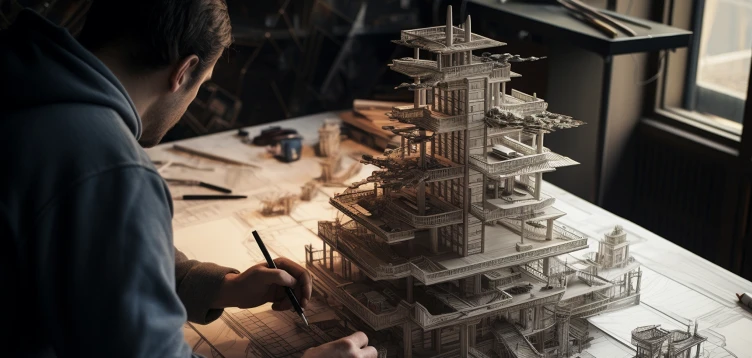
B. Nanotechnology in Infrastructure
Nanomaterials and their role in construction:
- Adding CNTs to concrete can enhance its strength and durability.
- Nanotechnology allows for protective coatings that repel water, prevent corrosion, and resist UV damage.
- Nanoparticles can improve the performance of concrete by reducing permeability and increasing tensile strength.
Strength and durability enhancements through nanotechnology:
- Nanoparticles enable the development of self-healing concrete that can repair cracks autonomously.
- Nanomaterials can lead to more sustainable construction by improving the longevity of structures and reducing the need for repairs and replacements.
Promising nanotech projects in civil engineering:
Graphene-Enhanced Concrete: Researchers are exploring the use of graphene to enhance concrete’s mechanical properties.
Nanocoatings for Infrastructure Protection: Development of nanocoatings to protect critical infrastructure from corrosion and environmental damage.

Environmental Conservation and Restoration in Civil Engineering
In a world where nature faces big problems, it’s important to have a plan to look after our environment and make things better. This plan is called ‘environmental conservation and restoration.’ It’s like a promise to take care of our natural world and make sure it stays healthy for the future. We do this by fixing damaged parts of nature and finding smart ways to live in harmony with the environment. Let’s learn more about why this is so important and what we can do to make it happen.
A. Ecosystem Restoration Projects
Ecosystems provide critical services such as clean air and water, food production, and climate regulation. Preserving and restoring ecosystems is essential to:
- Biodiversity conservation
- Mitigating climate change
- Protecting against natural disasters
- Sustaining human livelihoods
Civil engineers play a vital role in habitat restoration by:
- Reestablishing natural water flow and managing wetlands.
- Implementing erosion control measures to protect habitats.
- Building wildlife crossings, fish ladders, and nesting platforms.
Case studies of successful restoration projects:
The Everglades Restoration: A massive initiative to restore the unique ecosystem of the Florida Everglades.
Elwha River Restoration: Removal of dams on the Elwha River in Washington State to restore salmon habitat.

B. Sustainable Land Development
Sustainable land development seeks to strike a balance between economic growth and environmental conservation by:
- Identifying ecologically sensitive areas for protection.
- Designing developments with minimal environmental impact.
- Incorporating green spaces and wildlife corridors.
Low-impact development techniques:
- Integrating features like green roofs, permeable pavement, and rain gardens to manage stormwater runoff.
- Promoting higher-density, mixed-use development to reduce sprawl.
- Reusing and revitalizing contaminated or underutilized sites instead of developing greenfields.
Notable sustainable land development projects:
Dockside Green, Canada: A sustainable mixed-use development in Victoria, British Columbia, featuring green building practices and wastewater treatment.
Masdar City, UAE: A planned city in Abu Dhabi designed to be a model of sustainable urban development, with a focus on renewable energy, sustainable transportation, and low water use.
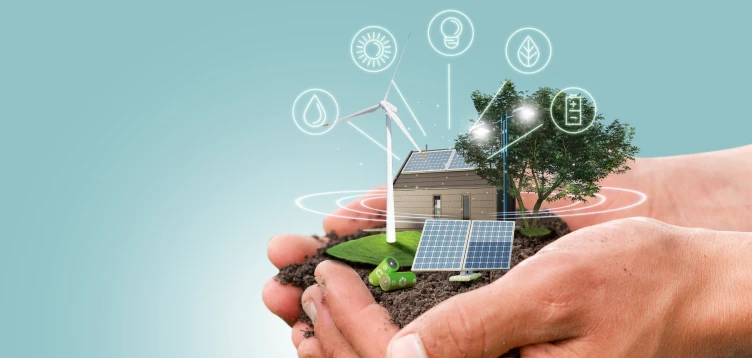
Conclusion
Innovation in civil engineering means coming up with new and better ways to build things like bridges, buildings, and roads. Learning Civil engineering better is always important because it helps us solve tricky problems and build things that are good for the environment and people.
If you’re a civil engineer, we encourage you to think of cool and creative ideas for your projects. Work with other experts, learn new things, and always think about how to make what you build good for the Earth and the people who use it.
Civil engineers are like the protectors of our roads, buildings, and bridges. They make sure everything is safe and lasts a long time. They also help take care of the environment and make our communities better places to live. So, civil engineers are like superheroes for our cities and the planet!
Kickstart your Civil engineering journey by enrolling in GUVI’s Civil Engineering Course and become skilled in key concepts such as 2D and 3D design, 3D modeling, Structural Analysis, and much more. Build real-life projects with industrial mentorship and make your portfolio stand out!
Also, if you wish to explore through a self-paced learning mode, try GUVI’s self-paced AutoCAD certification course.
FAQs
Students can explore projects like designing eco-friendly buildings, creating smart city solutions, or developing sustainable transportation systems. They can also focus on smaller projects like designing pedestrian-friendly urban spaces or constructing green infrastructure.
Consider your interests and the specific field within civil engineering that excites you the most, whether it’s structural engineering, environmental engineering, transportation, or another area.
Think about real-world challenges and problems you’d like to solve or explore. Additionally, consult with professors or mentors for guidance on project selection.
Yes, there are many resources available. You can check with your university’s engineering department for project suggestions and guidance.
Additionally, organizations like the American Society of Civil Engineers (ASCE) often provide project ideas, competitions, and networking opportunities for students and professionals in the field. Online forums and engineering publications can also be valuable sources of inspiration.


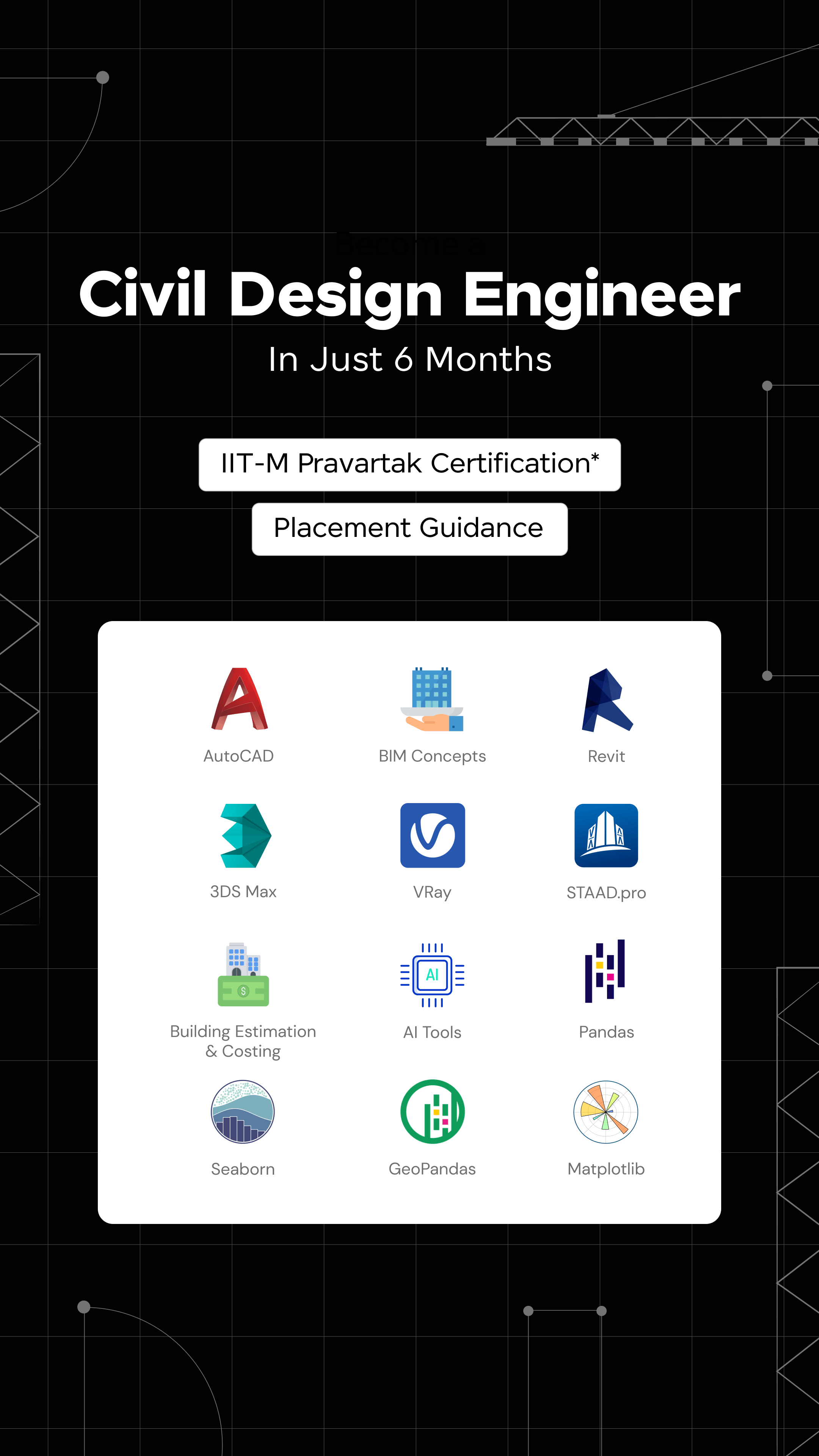





















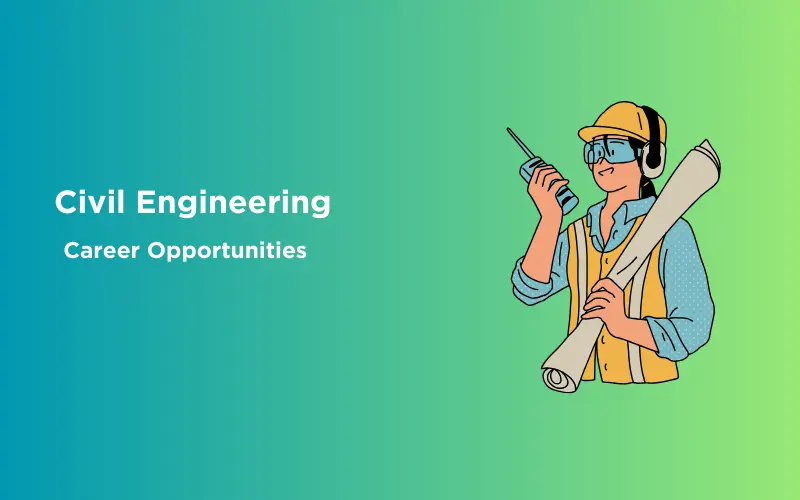

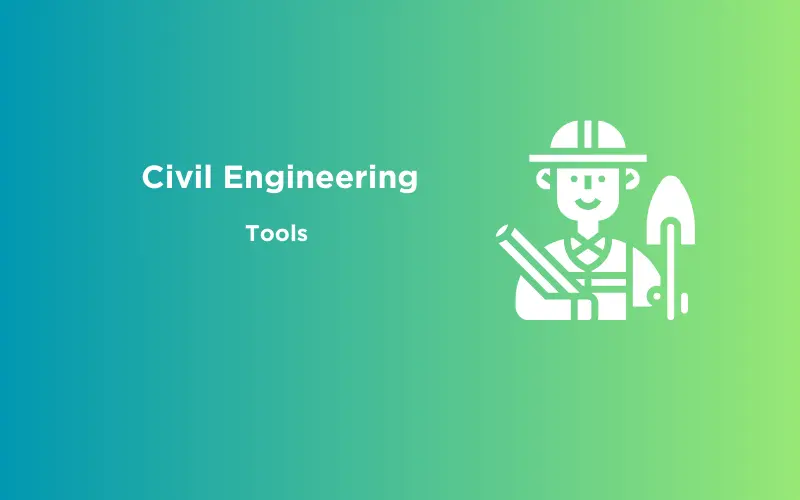


Good content in civil engineering
I really enjoy this programme but I’m having little bit confuse. Like, how will I come along or bring out this project? Thank you.